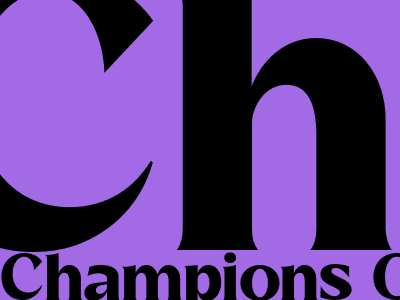The Ultimate Guide to Search Engine Optimization (SEO) for Bloggers on Blogger.com
Introduction
In today's digital age, having a strong online presence is crucial for businesses and individuals alike. Search engine optimization (SEO) plays a vital role in driving traffic to your website or blog, making it essential for anyone looking to reach a wider audience.
For bloggers on Blogger.com, understanding SEO best practices is key to improving visibility, ranking higher in search results, and attracting more readers. This comprehensive guide will provide you with an in-depth understanding of how to optimize your Blogger blog for search engines, ensuring your content is easily discoverable by your target audience.
1. Keyword Research and Optimization
Identifying Relevant Keywords
The foundation of SEO is keyword research. Identify keywords that your target audience is searching for and incorporate them into your blog posts. Use tools like Google Keyword Planner or SEMrush to research keywords and find those with high search volume and low competition.
Include keywords naturally throughout your content, including the title, headings, body text, and image alt tags. Avoid keyword stuffing, as this can harm your rankings.
Optimizing Content for Keywords
Once you've identified relevant keywords, optimize your content around them. Use keywords in the title, headings, and body text, but focus on creating high-quality, informative content that provides value to your readers.
2. On-Page Optimization
1. Optimizing Your Blog Post Titles
Your blog post titles are one of the most important SEO elements. They should be concise, attention-grabbing, and accurately reflect the content of your post.
Include your target keyword in the title, but keep it natural and relevant. The ideal length for a blog post title is between 55 and 60 characters.
2. Writing High-Quality Content
The content of your blog posts is the most important factor for SEO. Create original, informative, and engaging content that provides value to your readers.
Use clear and concise language, and support your claims with credible sources. Break your content into smaller paragraphs and use headings and subheadings to improve readability.
3. Optimizing Images
Images can help break up your text and make your posts more visually appealing. They can also improve your SEO if optimized properly.
Use descriptive filenames for your images, and include your target keyword in the image alt text. Compress your images to reduce their file size and improve page loading speed.
4. Internal Linking
Internal linking helps search engines understand the structure of your website and the relationship between your blog posts.
Link to relevant blog posts within your content, using descriptive anchor text that includes your target keyword.
3. Technical SEO
1. Optimizing Page Speed
Page speed is a critical factor for SEO. Slow-loading pages can lead to high bounce rates and reduced rankings.
Use tools like Google PageSpeed Insights to analyze your page speed and identify areas for improvement. Compress images, minify code, and enable browser caching to speed up your pages.
2. Using a Mobile-Friendly Template
With the majority of internet traffic coming from mobile devices, it's essential to ensure your blog is mobile-friendly.
Use a responsive theme that adapts to different screen sizes. Test your blog on multiple devices to ensure a seamless user experience.
3. Creating an XML Sitemap
An XML sitemap is a file that lists all the pages on your website, making it easier for search engines to index your content.
Submit your XML sitemap to Google Search Console to help Google discover and crawl your blog.
4. Link Building
1. Guest Posting
Guest posting on other blogs in your niche is a great way to build backlinks and establish your authority.
Reach out to other bloggers and offer to write a high-quality guest post that provides value to their audience.
2. Social Media Engagement
Social media can be a powerful tool for link building. Share your blog posts on social media and engage with your followers.
Reach out to influencers in your niche and ask them to share your content with their followers.
5. Tracking and Analysis
1. Google Analytics
Google Analytics is a free tool that provides valuable insights into your website traffic.
Use Google Analytics to track your website's traffic, identify your top-performing pages, and see how users are interacting with your content.
2. Google Search Console
Google Search Console is another free tool from Google that provides data on your website's performance in search results.
Use Google Search Console to track your rankings, identify errors on your website, and submit your XML sitemap.
Conclusion
By following the strategies outlined in this guide, you can improve your Blogger blog's SEO and increase your visibility in search results.
Remember that SEO is an ongoing process, and you should regularly review and update your strategy to stay ahead of the curve.
With patience, persistence, and a dedication to creating high-quality content, you can achieve your SEO goals and reach a wider audience with your blog.

Komentar